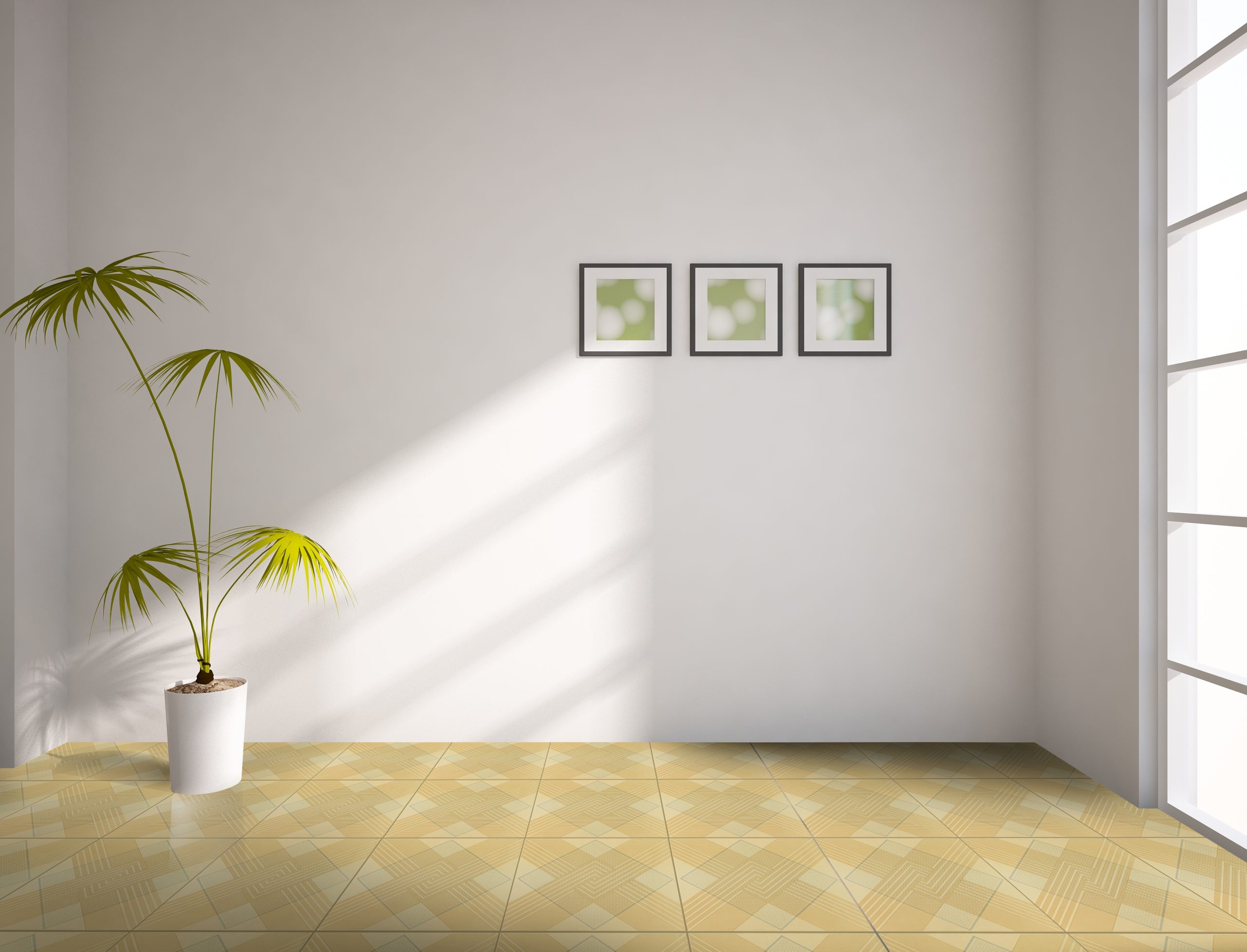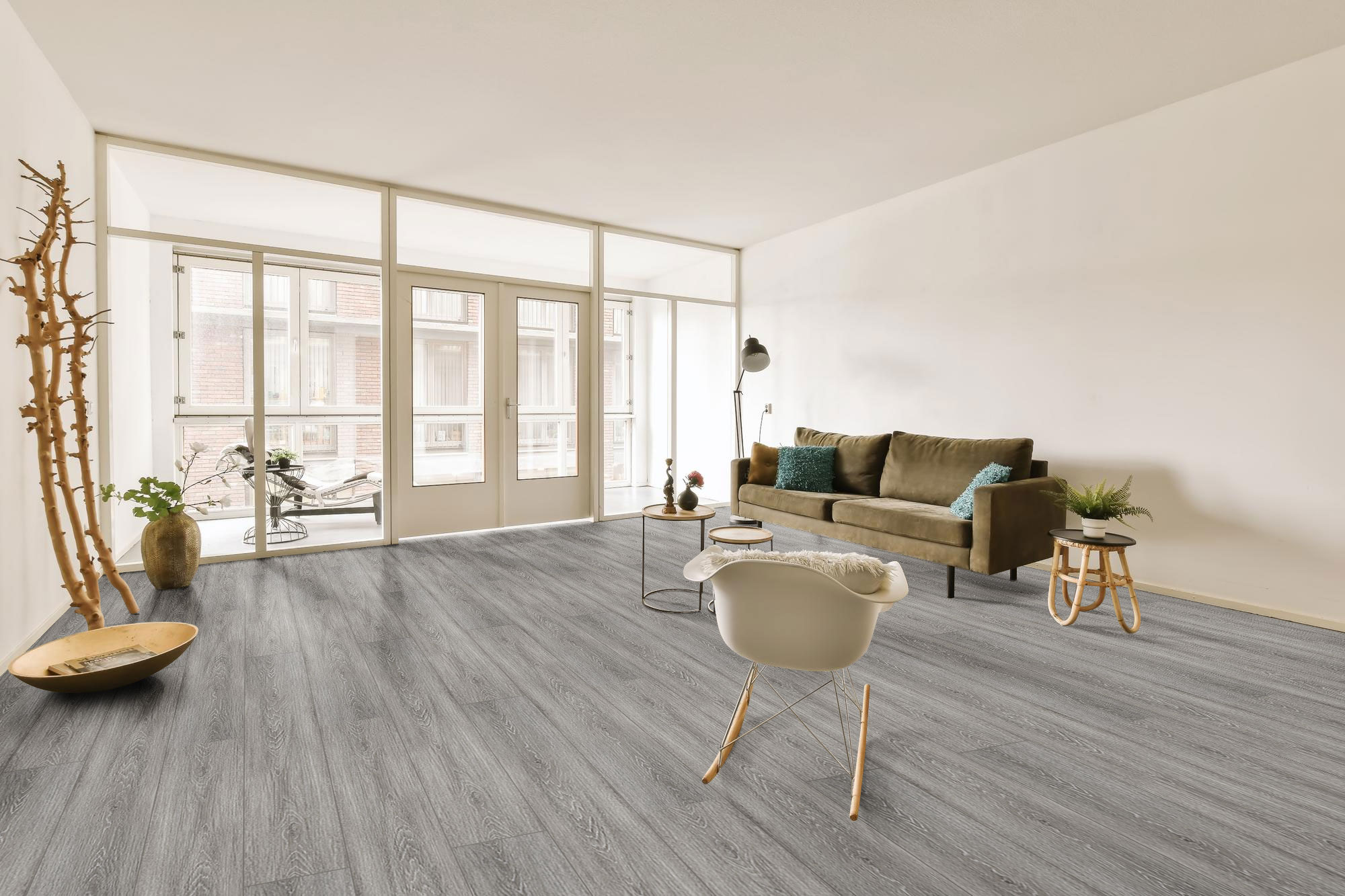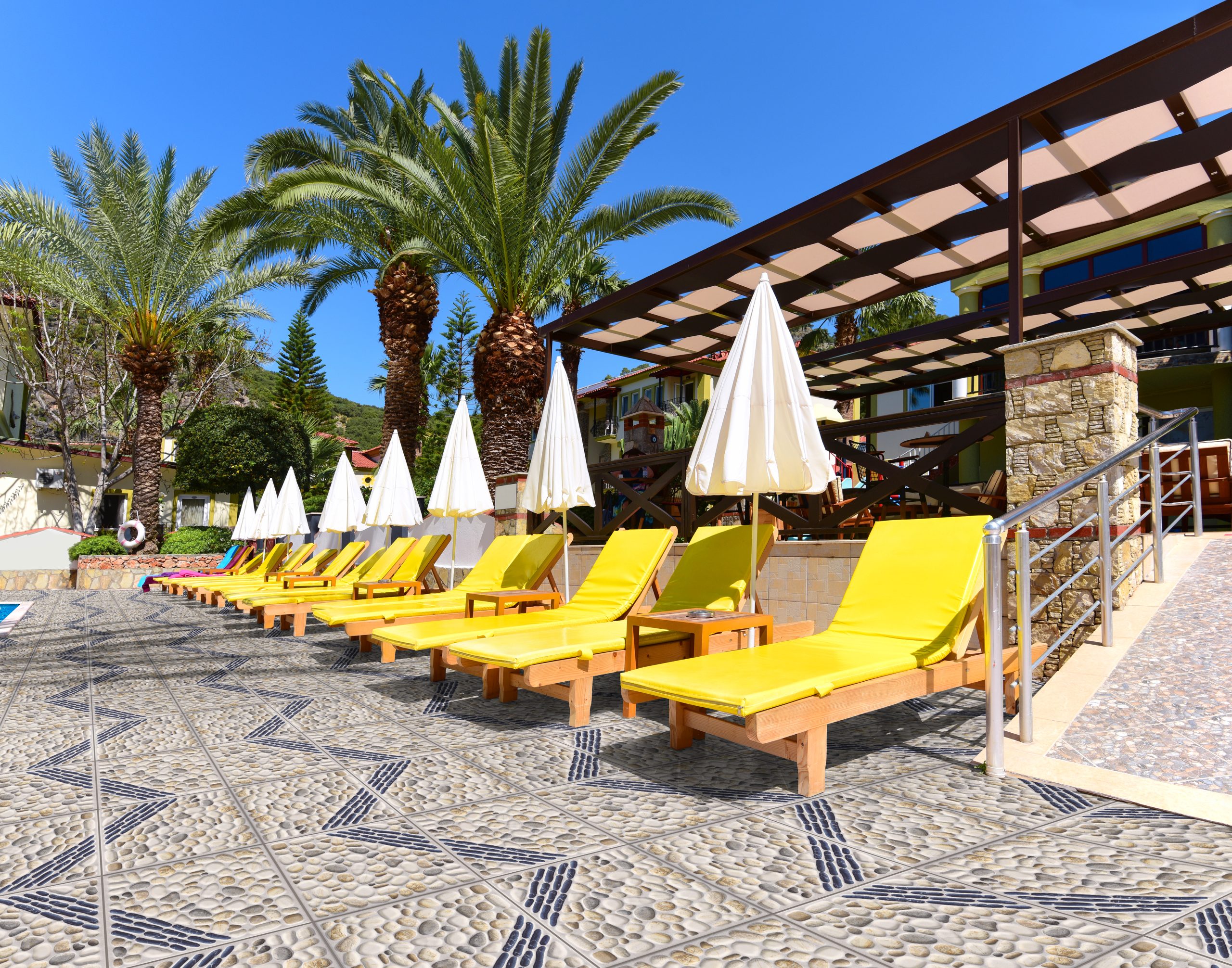Remodeling your house sure is exciting. You get to treat your rooms as blank canvases wherein you can showcase different designs and colors that will catch everyone’s eyes. Of course, as you go along the process, you’ll find that there are some hard decisions to make such as which tiles you are you going to use—will you choose them for their design and quality, or will you base your tiles on their prices in the Philippines?
Naturally, you need to keep a budget for your home remodeling plans. After all, it is simply unwise to go through it without setting a budget you can comfortably work with. Because of this, you may think that you need to opt for tiles with a more affordable price range while foregoing their design completely.
However, this shouldn’t be the case at all. You can, in fact, make a proper decision that will allow you to compromise between a good design and an affordable price. Let’s discuss this further below.

Average Prices of Common Tiling Options
Tile design sure does play an important part in the remodeling of your house. You’ll be happy to hear, however, that there are so many tile variations you can choose from that will allow you to achieve the look you are aiming for. You could say that it will really come down to the products’ pricing and quality.
In the Philippines, there are 2 main types of tiles that people opt for: ceramic tiles and porcelain tiles.
Ceramic Tiles
First off, ceramic tiles are the safest and cheapest option. It comes in many different types, primarily differentiated by their durability and design. In most cases, ceramic tiles are used in DIY projects because of how easy they are to cut into various shapes. They can be used almost anywhere, but you should try to avoid placing them in moist or relatively wet areas of your house.
Ceramic tiles have a relatively wide price range since some of the smaller sizes cost less than P50, while the bigger floor tiles cost roughly around P150 to P300.
Porcelain Tiles
Porcelain tiles are more expensive —but they are the better option. They are more durable, generally more resistant to stains and scratches, and are incredibly resistant to moisture. Because of this, they are perfect for bathrooms and kitchens as well as outdoor installations where ceramic tiles normally falter. However, they aren’t the best option for DIY projects because of their durability making them harder to cut.
The cost of these tiles depends on a variety of factors like glazes and tile sub-types. Prices range from less than P200 to P550 pesos.
![Things to Look for to Ensure Tile Quality [30x60] Y366](https://blog.floorcenter.com/wp-content/uploads/2018/09/30x60-Y366-1024x768.jpg)
[30×60] Y366
Things to Look for to Ensure Tile Quality
Ever wonder why so many tiles that look alike vary in their prices?
This is because their manufacturing process differs from one another. It’s safe to assume that their quality also varies from each other. In order to tell which ones have a higher quality, be on the lookout for these characteristics:
Tile Grading – Tiles are graded based on their thickness and quality; with 1 as the highest. A rating of 1 points to the thickest available tile, usually this entails that the tile is ¾-inch thick and is usable anywhere. A rating of 2 means there are some flaws, but it’s still usable on walls or floors—these are usually ½-inch thick. Grade 3 is the thinnest and are only usable on walls.
Wear Rating and Scratch Resistance – Tiles are usually given a PEI rating based on a tile’s ability to resist abrasions caused by wear and tear. “IV” is the highest rating and is recommended for high traffic applications. Scratch resistance is measured using the MoHs scratch test. Materials that get a rating of 5 or higher are recommended for home flooring whereas 7 or higher is the best option for commercial floors.
Water Absorption – This test is done specifically to learn if a certain tile can be used in high moisture areas or not, therefore determining the tile’s overall quality. Remember that a tile’s suitability for varying foot traffic, indoor/outdoor/ wall/floor, and wet areas is generally determined by its water absorption. Water absorption below 0.5% usually means it can be used for outdoor and wet areas (considering slip-resistance); 1-10% indoor floor areas; 10% and above for walls. Usually, the lower the water absorption, the more durable a tile is.
Slip Resistance – Tiles are tested to see if a tile is too slippery by measuring the coefficient of friction. Tiles should have a rating of .50 foot pounds for home installations and above .60 for commercial buildings.
Key Takeaway
As you can see, home remodeling might force you to choose between design, quality, and price of the tiles here in the Philippines. Understandably, you will opt for something that will fit into your budget. But, as much as possible, take design and quality into account and compromise. After all, there are many tiles out there that are definitely worth what you pay for.
















